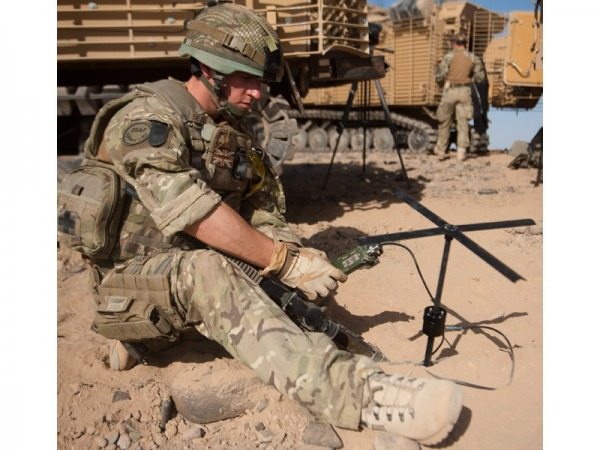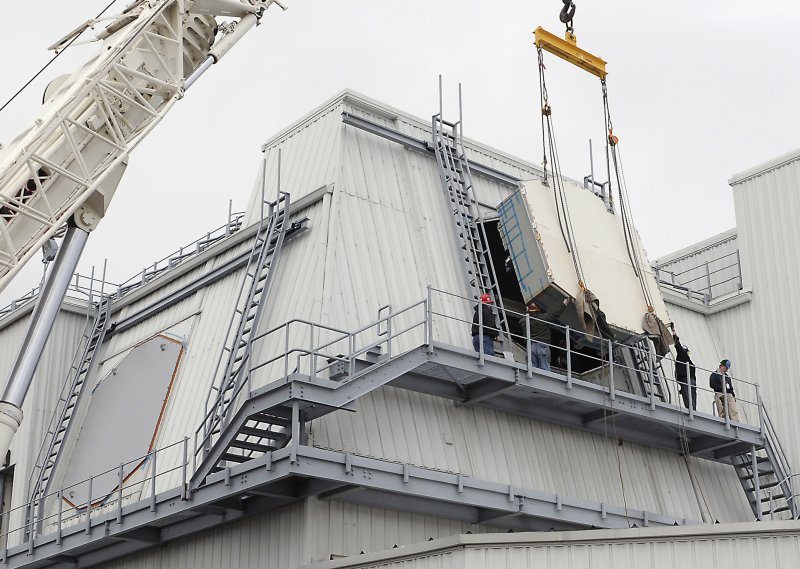The Armed Forces are operating a new satellite, which is providing extra communication channels on the front line in Afghanistan.
The NATO satellite will be used to provide two extra tactical communication channels that can be used in Afghanistan. This additional satellite adds to the MOD’s three existing Skynet 5 series satellites, which provide a worldwide satellite communication service.
Satellite technology gives commanders on the ground an efficient and secure means of communication – including with operations centres that coordinate vital air support as well as with other units.
Flight Lieutenant Damien Handley is a Joint Tactical Air Controller in Afghanistan. He uses satellite communications on the front line in his role co-ordinating air support for ground troops. He said: “I can use these satellite communications to talk from Afghanistan directly to operations centres and headquarters around the world.
“They are vital in the fight against insurgents, particularly to task aircraft in support of our frontline troops. In the thick of battle we rely on good communications and more satellite channels will be a great boost.”
Following an agreement with NATO, the MOD’s Defence Equipment and Support team secured ownership of the satellite earlier this year at no extra cost to the MOD. Control of the satellite and running of the two UHF channels has been incorporated into the MOD’s Skynet 5 Private Finance Initiative contract and is managed by communications company Paradigm.
Commander Andy Titcomb, from the MOD Defence Equipment and Support, explained more: “Ultra High Frequency (UHF) satellite communications are a valuable resource and when it became known that NATO was about to fire this satellite into a graveyard orbit, we jumped at the chance to see whether we could take ownership of this valuable asset and use it to support our troops in Afghanistan.”
He concluded: “This is an example of MOD personnel identifying and seizing an opportunity to deliver an additional vital resource to our troops on the ground at zero capital cost.”











